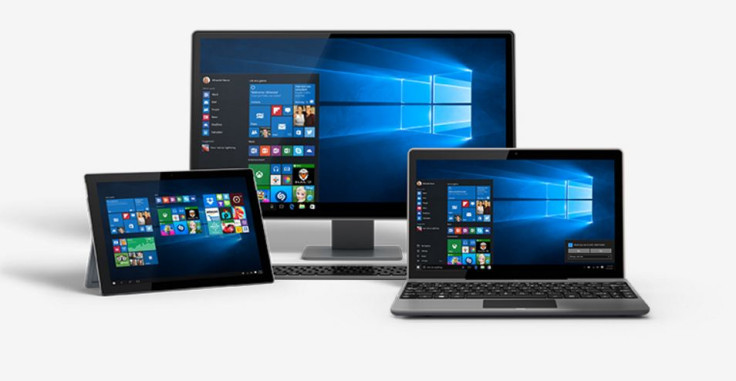Windows 10: How to hide specific drive from other users
Here's how you can keep your files invisible from prying eyes.

Sharing your PC can be matter of privacy concern as most folders are left open to access by the guest user. To allow users to keep their secret files and folders hidden, Windows 10 is equipped to hide specific drives.
There is not one, but three different methods through which you can make your choice of drive invisible to other users. We tell you how to hide specific drives using Disk Management, Registry or the Local Group Policy editor.
Hiding a drive using Disk Management
- Press Windows key and X keyboard shortcut together and select Disk Management
- Right-click on the drive you want to hide and choose Change Drive Letter and Paths
- Click on drive letter and select the Remove button and click Yes to confirm
- Right-click on the drive again and select Change Drive Letter and Paths and click on the Add button
- Select the Mount option under the empty NTFS folder option and click on the browse button
- Open the location you want to create the mount point like C: of F: and click on the new folder button
- Type a name preferably descriptive for the folder, select it and click OK
- Open File Explorer
- Make sure in the View tab on File Explorer, the Hidden items option is clear
- Go to the path specified as a mount point, right-click and select Properties
- Go to 'Attributes' and check the Hidden option and click Apply
- Click OK twice as in when required
The drive will not be visible in File Explorer any more. To access you can navigate the location using the mount point path (example: C:secretDrive) in the File Explorer address bar or use Command Prompt. Remember to note the mount point path to access the drive later.
Hiding a drive using Group Policy
This way of hiding a file can only be attempted by those using Windows 10 Pro, Enterprise or Education. Follow the steps below:
- Press the Windows key + R keyboard shortcut together to open the Run command
- Type gpedit.msc and click OK to open the Local Group Policy Editor
- Browse this path : User Configuration > Administrative Templates > Windows Components > File Explorer
- Double-click on Hide these specified drives in My Computer policy and Enable the option
- Under "Options," select the drive combinations (in case of more than one drive) you want or select the Restrict all drives option from the drop-down menu
- Click Apply and then OK
Hiding a drive using Registry
Using the Registry option to hide drives is considered the most effective but at the same time risky. SO remember do perform a full back up before you follow the procedure stated below:
- Press the Windows key + R keyboard shortcut together to open the Run command
- Type regedit and click OK to open the registry option
- Browse this path: HKEY_LOCAL_MACHINESoftwareMicrosoftWindowsCurrentVersionPolicies Explorer
- Now right-click on the right side and select New and click on DWORD (32-bit) Value and name the new DWORD 'NoDrives' and press Enter
- Double-click the newly created DWORD
- Go to Base and select the decimal option
- On 'Value Data' enter the decimal number that represents the drive letter you want to hide (Check the decimal number corresponding to each drive below)
- Click OK
- Close the Registry
- Restart your computer to apply the changes
Decimal numbers for drives: A: 1, B: 2, C: 4, D: 8, E: 16, F: 32, G: 64, H: 128, I: 256, J: 512, K: 1024, L: 2048 and so on. In case you want o hide all drives use the decimal as 67108863.
Remember that all of these ways of hiding your drive will not prevent users from using different methods to gain access to your content inside the hidden drive.
© Copyright IBTimes 2025. All rights reserved.





















